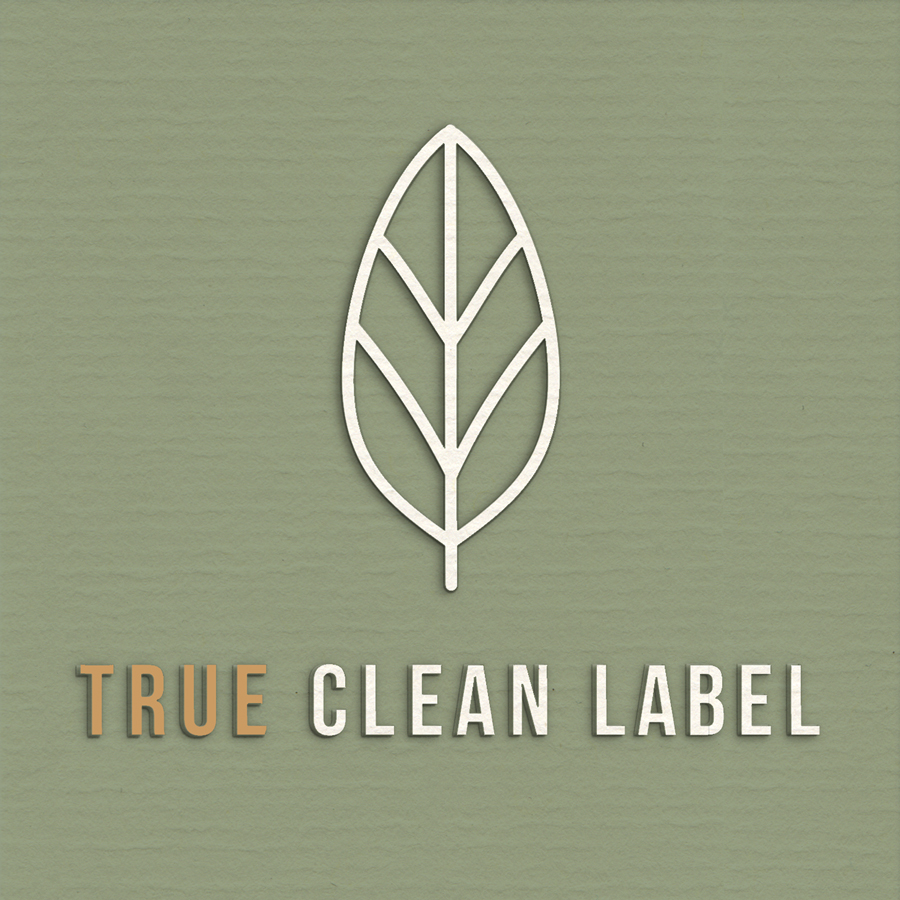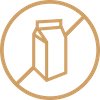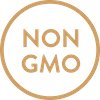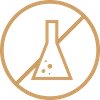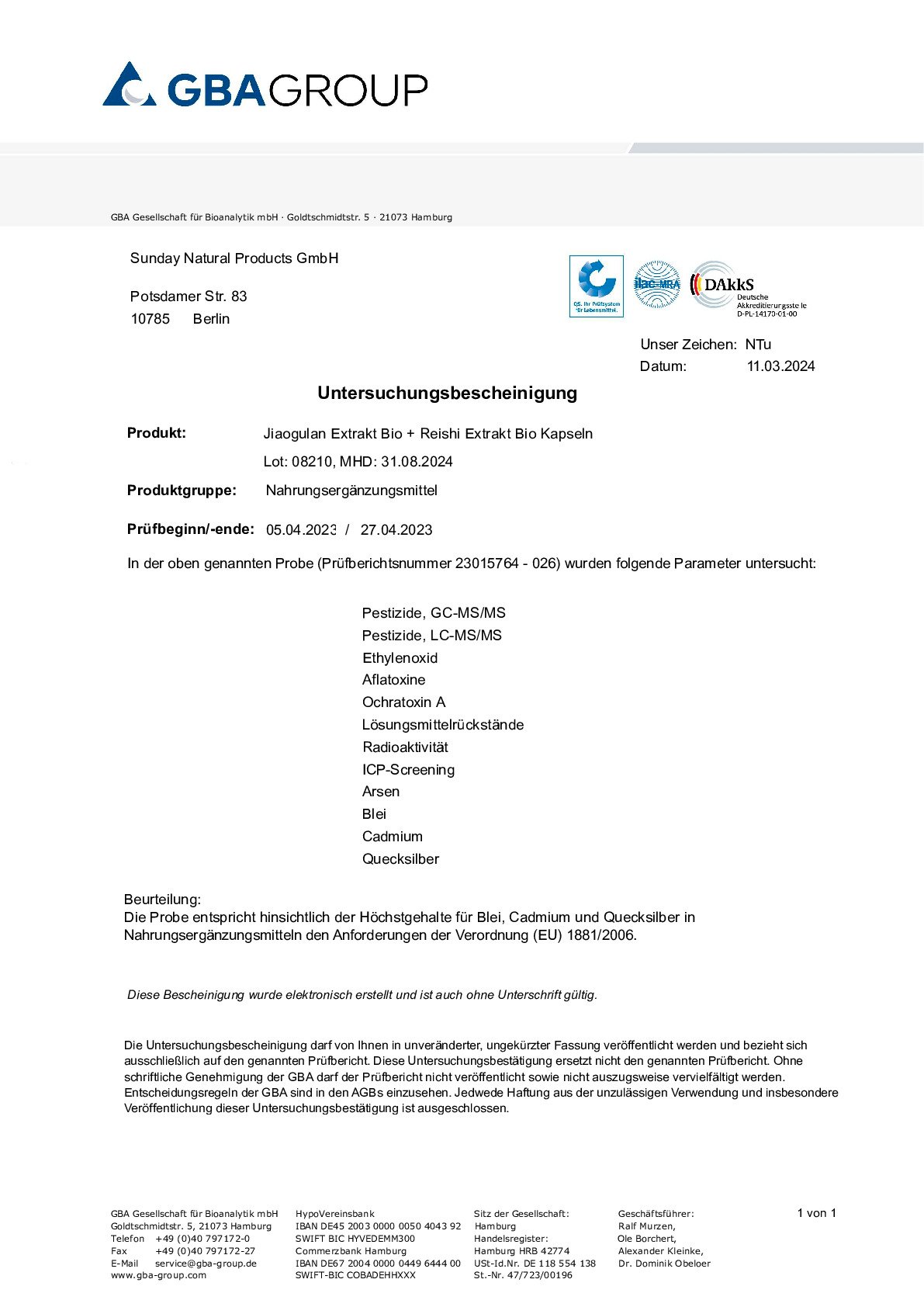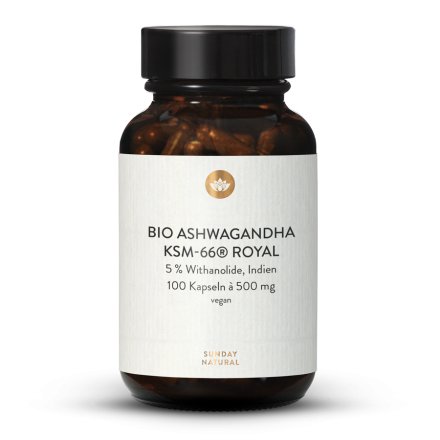Potent medicinal mushrooms have been grown in China for hundreds of years, and to this day the most nutrient-rich mushrooms come from Chinese cultivars. For over 2,000 years, the traditions of Chinese medicine have been applied to the cultivation of these mushrooms for a host of medicinal uses. Mushroom cultivation in China has furthermore been so refined that farmed variants are in no way inferior to their wild-grown counterparts. Our reishi are sourced directly from the globally-recognised mushroom-growing region of Gutian County in Fujian. Our farming partner is organically certified according to EU standards and places a high value on natural, traditional cultivation methods. The mushrooms are selectively harvested by hand between July and October for maximum nutritional value.
Mushrooms are composed of the fruiting body, which typically appears above ground, and the mycelium underneath. The most important nutrients are concentrated in the fruiting body. Products derived from the mycelium are frequently much cheaper because mycelia are cultivated faster, cheaper, and easier. Yet these products hardly contain any of the potent compounds of the mushroom. Our mushroom powders and extracts are exclusively made from the entire fruiting body of the mushroom (including the stem) and contain the full nutritional richness that the mushrooms have to offer.
The most important nutrients within reishi are the mushroom polysaccharides, especially beta-1,3-glucan and beta-1,6-glucan. Our mushroom extracts consolidate these compounds into a highly effective concentrate. The extract is produced according to a traditional method using only water and edible ethanol. The result is a pure and wholesome extract with absolutely no toxic extraction residues or chemical release agents (such as acetone, n-hexane, or methanol).
Our jiaogulan is carefully harvested by hand and directly laid out in withering troughs. This stage is crucial in determining the quality of the final product. During the process of withering, the farmers meticulously monitor the leaves to ensure that they are spread out and not bunched together so that the leaves dry uniformly. Additionally, the leaves must be flipped over regularly while drying. If the leaves are placed to dry either in uneven layers or left lying on one side, a build up of warmth and water vapour can turn the leaves an unpleasant brown.
After withering, the leaves are heated according to traditional Chinese preparation methods. In contrast to other Chinese herbs, jiaogulan is not roasted in pans, but rather quickly steamed. This stage reflects the farmers' experience, as they expertly judge the timing and proportions required for steaming. In the next stage, the plants are dried in the open air on bamboo sieves, then rolled. Rolling gives the jiaogulan its characteristic crimped and curly appearance and helps to bring out the aromatic essential oils contained in the leaves and stems. After another drying phase indoors, the jiaogulan is sorted into different quality grades.
In the last stage, the 4:1 extract of the dried jiaogulan leaves is produced exclusively with water and without any chemical solvents. The concentration of valuable ingredients in the "immortality herb" can thereby be quadrupled.
For the capsule shells we use custom-made HPMC capsules that, unlike most other HPMC capsules that can be found on the market, are 100% free from controversial additives such as carrageenans and PEG. We do not use gelatine or pullulan and completely avoid the use of release agents such as magnesium stearate, which is often used in the production of capsule and food supplement powders. We use environmentally friendly amber glass jars for the packaging of this product.











